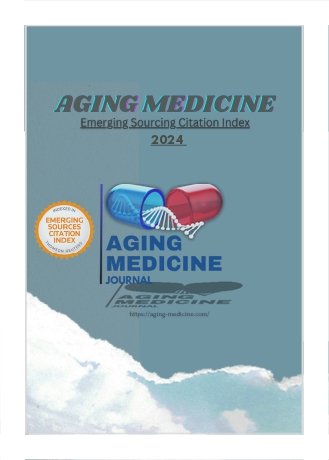Volume 9 Issue 2
Subsidence and Clinical Impact of Obesity in Short-Stem Total Hip Arthroplasty Using a Collarless, Triple-Tapered, Cementless Stem
Michael Stephan Gruber,Johannes Schöning,Martin Bischofreiter,Harald Kindermann,Arndt-Peter Schulz,Nico Hinz,Emanuel Mayböck andReinhold Ortmaier
1Department of Orthopedic Surgery, Ordensklinikum Linz Barmherzige Schwestern, Vinzenzgruppe Center of Orthopedic Excellence, Teaching Hospital of the Paracelsus Medical University, 5020 Salzburg, Austria
2Medical Faculty, Johannes Kepler University Linz, Altenbergerstraße 69, 4040 Linz, Austria
3Department of Marketing and Electronic Business, University of Applied Sciences Upper Austria, 4400 Steyr, Austria
4Zentrum für Klinische Forschung, BG Klinikum Hamburg, 21033 Hamburg, Germany
5Section Medicine, Universität zu Lübeck, 23538 Lübeck, Germany
6Department of Orthopedic Surgery, Traumatology & Sports Medicine, BG Klinikum Hamburg, Bergedorfer Str. 10, 21033 Hamburg, Germany
Author to whom correspondence should be addressed.
Abstract
Background: Short-stem total hip arthroplasty (THA) has gained popularity due to its bone-sparing technique, but its outcomes in patients with obesity remain uncertain. The aim of this study was to investigate the impact of obesity on postoperative subsidence and clinical outcomes after short-stem THA. Methods: A retrospective cohort study with a minimum follow-up of 24 months was conducted on 163 patients who underwent short-stem THA with a collarless, triple-tapered, cementless stem achieving fixation in the metaphyseal region. Patients were categorized into obesity (Body Mass Index, BMI ≥ 30 kg/m2) and nonobesity (BMI < 30 kg/m2) groups. Subsidence rates, clinical outcomes, and complications were analyzed to assess the influence of BMI on the outcome of short stem THA. Regression analysis was performed to assess the influence of the independent variables (BMI, stem size, deviation from planning) on subsidence. Results: The obesity group (mean follow-up 58.6 months) exhibited significantly greater subsidence rates than did the nonobesity group (mean follow-up 38.9 months; 2.6 mm vs. 2.2 mm, p = 0.015). After removal of outliers, regression analysis revealed no linear relationship between BMI and subsidence (p = 0.35), but planned stem size was significantly correlated with subsidence (p = 0.005). Moreover, patients with obesity and larger planned stem sizes experienced greater subsidence. Clinical outcomes improved significantly in both groups. Conclusions: Obesity is associated with increased subsidence in short-stem THA, particularly in patients with larger planned stem sizes. Although BMI alone may not predict subsidence, careful selection of stem size and precise imaging techniques are crucial for minimizing subsidence risk in patients with obesity.
Keywords: short-stem total hip arthroplasty (THA); obesity and THA; postoperative subsidence in THA; clinical outcomes in hip arthroplasty; stem size and subsidence correlation



